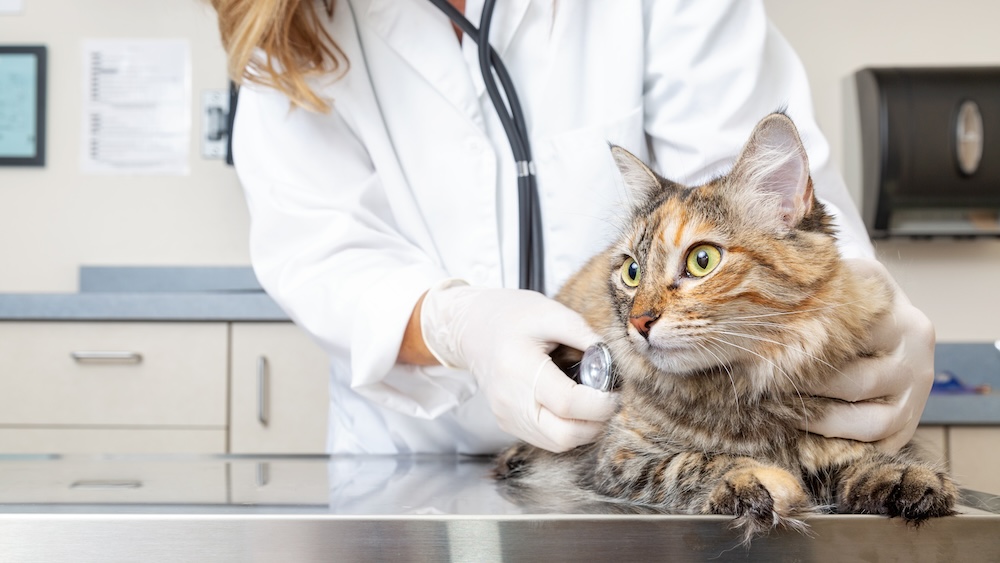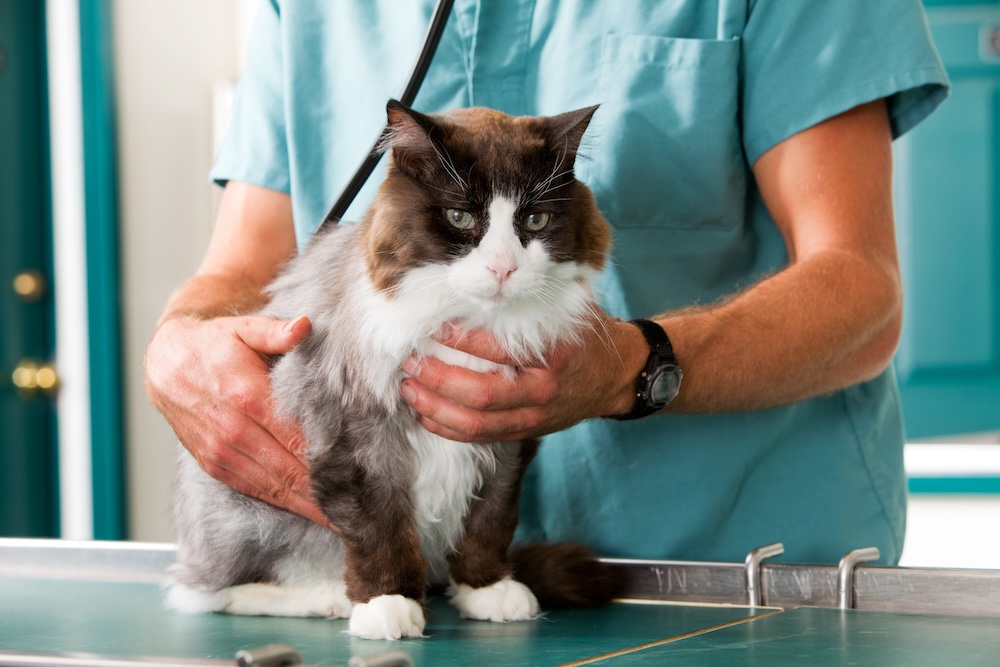Cats are notorious for their stoicism, often hiding their discomfort and pain until it becomes unbearable. This natural survival instinct makes it challenging for pet owners to detect signs of distress, which can delay necessary medical intervention. At Faithful Friends Veterinary Clinic, we prioritize educating cat owners about the subtle signs of pain in cats and providing strategies for relief, ensuring your beloved cat doesn’t suffer in silence.
Understanding the Subtle Signs of Pain in Cats
Identifying pain in cats requires an understanding of both typical and atypical behaviors. It’s crucial to notice any deviations from your cat’s normal behavior or routine as these can be the first indicators of discomfort or illness.
Behavioral Changes
- Decreased Activity: A once playful cat becoming lethargic or uninterested in usual activities can be a red flag.
- Hiding: Cats in pain often seek solitude by hiding in secluded areas.
- Aggression: Increased irritability or aggression, especially when being touched, can indicate discomfort.
Physical Signs
Physical signs often accompany behavioral changes and provide further clues to your cat’s health status. These symptoms can sometimes be more apparent and warrant immediate veterinary attention.
- Altered Grooming: Cats in pain might groom less than usual, leading to a matted and unkempt coat, or excessively groom a specific area.
- Changes in Posture: A cat in pain might sit or lie in an unusual position or react negatively to certain touches.
- Limping or Difficulty Jumping: Reluctance to use stairs, jump, or even walk can signal joint pain or injury.
Vocalization
Cats typically reserve their voices for essential communication. An increase in vocalization or changes in the tone and intensity can be significant indicators of pain or distress.
- Increased Meowing: A cat that suddenly starts to vocalize more than usual, especially with a pained tone, is likely trying to communicate distress.
Appetite and Bathroom Habits
Changes in eating and bathroom behaviors are often among the first signs pet owners may notice. These changes can provide critical insights into the presence of pain or underlying health issues.
- Loss of Appetite: Pain can reduce a cat’s interest in food, which can quickly affect their overall health.
- Litter Box Problems: Avoidance of the litter box or changes in bathroom habits can be associated with painful conditions like urinary tract infections or arthritis.
Providing Relief
Once signs of pain are identified, the next crucial step is to provide relief. It’s important to approach this process with care to avoid worsening the condition and to ensure the best possible outcome for your pet.
Seek Veterinary Care
Promptly consulting with a veterinarian is crucial. They can assess your cat, diagnose the underlying issue, and recommend appropriate treatments such as medications, surgery, or other interventions.
Pain Management
Effective pain management is key to improving quality of life. Your veterinarian will work with you to develop a pain management plan tailored to your cat’s specific needs.
- Medications: Never give human painkillers to cats; they can be toxic. Only use veterinarian-prescribed pain relievers.
- Therapies: Ask about supplementary therapies like acupuncture or massage, which can help manage pain and improve quality of life.
Environmental Adjustments
Creating a supportive environment is essential for a cat experiencing pain. These adjustments can make a significant difference in your cat’s comfort and ability to recover.
- Comfortable Resting Areas: Provide soft bedding and easy access to favorite resting spots without the need for climbing or jumping.
- Accessibility: Ensure that food, water, and the litter box are easily accessible, especially for cats with mobility issues.
Nutritional Support
Proper nutrition plays a crucial role in the overall health and recovery of cats experiencing pain. Ensuring that your cat receives the nutrients they need can aid in their recovery and general well-being.
- Dietary Adjustments: Depending on your cat’s condition, dietary changes may be recommended to support health and ease symptoms.
Emotional Support
Maintaining emotional support and a stable environment can significantly affect a cat’s recovery from pain. A calm and loving presence can be just as crucial as medical intervention.
- Quiet Time: Spend quiet, quality time with your cat to help reduce their stress and comfort them.
Healing Your Furry Friend
Pain doesn’t have to be a normal part of your cat’s life. By staying alert to the signs of pain and responding swiftly and appropriately, you can significantly ease your cat’s discomfort. At Faithful Friends Veterinary Clinic, we are here to support you and your cat every step of the way. If you suspect your cat is in pain, don’t hesitate to reach out for help. Together, we can ensure your cat lives a happier, healthier life free from unnecessary pain.




